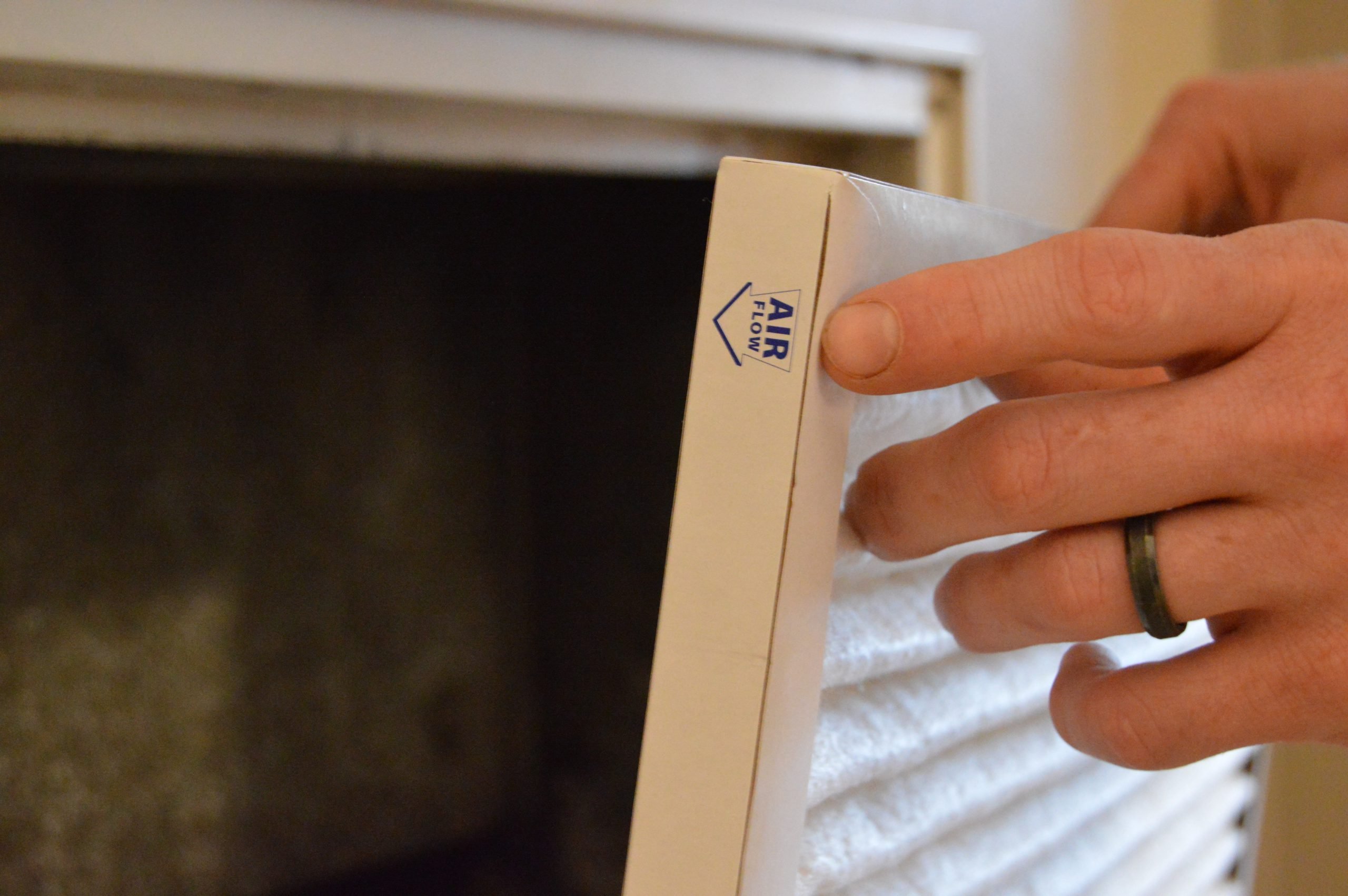

Articles
Which Way Does AC Filter Go
Modified: February 25, 2024
Looking for articles on which way AC filters go? Find out the proper direction to install your AC filter and ensure optimal performance.
(Many of the links in this article redirect to a specific reviewed product. Your purchase of these products through affiliate links helps to generate commission for Storables.com, at no extra cost. Learn more)
Introduction
In today’s modern homes and buildings, air conditioning systems play a vital role in providing comfort and maintaining a healthy environment. Along with the various components that make up an air conditioning system, such as compressors and evaporators, the air filter is a crucial element that often goes unnoticed. Many people may not realize the importance of properly maintaining and installing AC filters, including understanding which way the filter should go.
AC filters are designed to remove dust, dirt, pollen, and other airborne particles from the circulating air. They help to improve air quality, prevent debris from entering the system, and protect the internal components from damage. However, to ensure their effectiveness, it is essential to install AC filters correctly, including understanding the proper direction of airflow through the filter.
Installing AC filters may seem like a simple task, but many homeowners and even some professionals overlook the importance of proper installation. In this article, we will explore the significance of AC filters, learn about different types of filters, and understand why it is crucial to know the correct airflow direction for optimal performance.
Key Takeaways:
- Proper AC filter installation is crucial for clean indoor air, system efficiency, and cost savings. Understanding airflow direction and avoiding common mistakes ensures optimal performance and a healthier living environment.
- Choosing the right AC filter type and installing it correctly is essential for improved indoor air quality, extended system lifespan, and energy efficiency. Prioritize proper installation for a healthier, more comfortable living space.
Read more: Which Way Does Toilet Paper Go
Importance of AC Filters
AC filters play a crucial role in maintaining a clean and healthy indoor environment. They effectively trap dust, pollen, pet dander, and other allergens, preventing them from circulating in the air. This is especially important for individuals with allergies, asthma, or respiratory conditions, as clean air can significantly improve their quality of life.
Furthermore, AC filters help to keep the air conditioning system itself clean and functioning at its best. When air filters are clogged with debris, it restricts airflow and causes the system to work harder, leading to reduced energy efficiency and increased energy costs. Regularly changing and maintaining AC filters can alleviate this problem and prolong the lifespan of the system.
In addition to improving indoor air quality and system efficiency, AC filters also have a positive impact on overall health. By capturing airborne pollutants, they help reduce the likelihood of respiratory illnesses. Dust and allergens can cause irritation, coughing, sneezing, and other discomforts. With proper filtration, these issues can be minimized, creating a healthier and more comfortable living environment.
AC filters also play a vital role in preventing damage to the air conditioning system. Without proper filtration, debris and contaminants can accumulate on the evaporator coil, fan blades, and other internal components, leading to decreased performance and potentially costly repairs. By regularly replacing and installing AC filters correctly, you can protect your investment and prevent unnecessary expenses.
Overall, AC filters are more than just an accessory in the air conditioning system; they are a vital component that significantly impacts air quality, system efficiency, and overall health. Understanding their importance and ensuring proper installation and maintenance is essential for optimal performance and a comfortable living environment.
Purpose of AC Filters
The primary purpose of AC filters is to improve the quality of indoor air by trapping airborne particles and contaminants. They act as a barrier, preventing dust, pollen, mold spores, bacteria, and other allergens from circulating throughout a space. By removing these particles from the air, AC filters help create a cleaner, healthier environment for occupants.
AC filters also serve to protect the air conditioning system itself. When air enters the HVAC system, it passes through the filter before reaching the cooling or heating components. The filter traps dirt, debris, and other particles, preventing them from entering the system and potentially causing damage. This protection is essential for preserving the lifespan and performance of the system.
Another purpose of AC filters is to maintain energy efficiency. When the filter is clean and not obstructed by debris, air can flow more freely through the system. This allows the HVAC system to operate efficiently, ensuring that the desired temperature is reached without excessive strain on the equipment. A clogged or dirty filter, on the other hand, restricts airflow and forces the system to work harder, consuming more energy and potentially leading to higher utility bills.
In addition, AC filters help to reduce dust accumulation in a space. By capturing dust particles before they have a chance to settle, filters help to keep surfaces cleaner for longer periods of time. This can save time and effort in cleaning and dusting tasks, and also contribute to maintaining a fresh and tidy environment.
AC filters also play a role in reducing odors in indoor spaces. While they may not completely eliminate all odors, filters can help remove some odor-causing particles from the air, improving the overall indoor air quality. This is particularly beneficial for spaces where cooking, smoking, or other activities may generate unwanted smells.
Overall, the purpose of AC filters is to enhance indoor air quality, protect the air conditioning system, maintain energy efficiency, reduce dust accumulation, and minimize odors. By understanding this purpose and properly installing and maintaining filters, you can create a healthier, cleaner, and more comfortable living or working environment.
Types of AC Filters
AC filters come in various types, each with its own unique characteristics and filtration capabilities. Understanding the different types of AC filters can help you choose the most suitable option for your needs. Here are some common types of AC filters:
- Fiberglass Filters: Fiberglass filters are the most basic and affordable type of AC filters. They consist of layers of spun fiberglass fibers designed to capture larger particles like dust and lint. While they offer minimal filtration efficiency, they are a good option for those on a tight budget or in less polluted environments.
- Pleated Filters: Pleated filters are made from polyester or cotton materials folded into pleats, which provide a larger surface area for improved filtration. These filters capture smaller particles like pollen and pet dander more effectively than fiberglass filters. Pleated filters are available in various MERV (Minimum Efficiency Reporting Value) ratings, which indicate their filtration efficiency.
- High-Efficiency Particulate Air (HEPA) Filters: HEPA filters are considered the gold standard when it comes to air filtration. These filters are incredibly effective at capturing microscopic particles, including allergens, bacteria, and viruses. HEPA filters can remove up to 99.97% of particles as small as 0.3 microns. They are commonly used in hospitals, laboratories, and buildings with stringent air quality requirements.
- Electrostatic Filters: Electrostatic filters use a static charge to attract and capture particles. They are often made of synthetic materials with electrostatic properties that effectively trap dust and other airborne contaminants. These filters offer moderate filtration efficiency and can be either washable or disposable.
- Activated Carbon Filters: Activated carbon filters are designed to remove odors, chemicals, and volatile organic compounds (VOCs) from the air. They contain a layer of activated carbon that adsorbs and neutralizes these substances, resulting in cleaner and fresher-smelling air. These filters are commonly used in spaces where odor control is a priority, such as kitchens and smoking areas.
When selecting an AC filter, consider factors such as the level of air pollution, the specific allergens or particles you want to target, and your budget. It is also important to regularly replace or clean filters according to the manufacturer’s instructions to maintain their effectiveness. By choosing the appropriate type of AC filter, you can ensure cleaner air and a healthier indoor environment.
Understanding Airflow Direction
Understanding the airflow direction in an air conditioning system is essential for proper installation and maintenance of AC filters. Airflow direction refers to the path that the air follows as it moves through the HVAC system and encounters the filter.
In most air conditioning systems, the airflow direction is from the return air duct towards the supply air duct. The return air duct pulls in air from the room or space, which then passes through the filter(s) before being cooled or heated by the system and distributed back into the room through the supply air ducts.
Knowing the airflow direction is crucial because it determines how the AC filter should be installed. The purpose of the filter is to capture airborne particles and contaminants, preventing them from entering the HVAC system and compromising its performance. Installing the filter in the correct airflow direction ensures that the filter effectively captures particles and prevents debris from bypassing the filter altogether.
It is worth noting that there are some exceptions to the standard airflow direction. Some systems have a top entry or a side entry for the air return. In such cases, it is important to consult the manufacturer’s instructions or seek professional guidance to determine the proper airflow direction and filter installation.
Understanding the airflow direction also helps identify any issues or obstructions that may be affecting the system’s performance. If the airflow seems weak or restricted, it could indicate a problem with the filter installation or a clogged filter. By checking the airflow direction and ensuring proper installation, you can troubleshoot potential issues and optimize the system’s efficiency.
Overall, understanding the airflow direction in an air conditioning system is vital for installing and maintaining AC filters correctly. It ensures that the filters effectively capture particles, protect the HVAC system, and contribute to clean and healthy indoor air quality.
Read more: Which Way Does Extension Ladder Go
Importance of Correct Airflow Direction
The correct airflow direction in an air conditioning system is essential for optimal performance and efficient filtration. Ensuring that the AC filter is installed in the right direction provides several important benefits:
- Efficient Air Filtration: Installing the AC filter in the correct airflow direction allows it to effectively capture and remove airborne particles from the incoming air. When the air passes through the filter media in the intended direction, it ensures that contaminants like dust, pollen, and allergens are properly trapped and prevented from circulating in the indoor environment.
- Prevention of Bypassing: Proper airflow direction prevents air from bypassing the filter. If the filter is installed incorrectly, particles and debris can potentially bypass the filter, leading to reduced filtration efficiency and the accumulation of contaminants within the HVAC system. This can cause clogging, decreased system performance, and potentially costly repairs.
- Improved Energy Efficiency: When the AC filter is correctly installed and allows for unrestricted airflow, it helps maintain the overall efficiency of the air conditioning system. Proper airflow ensures that the system operates with minimal resistance, reducing the strain on the blower motor and enhancing energy efficiency. This can result in lower energy consumption and reduced utility bills.
- Extended System Lifespan: Correct airflow direction and efficient filtration help to keep the HVAC system clean and functioning optimally. By preventing the accumulation of dirt, dust, and debris within the system, it reduces wear and tear on the components. This can extend the lifespan of the air conditioning system, ultimately saving you money on potential repairs or premature system replacement.
- Improved Indoor Air Quality: When the AC filter is installed properly, it effectively removes airborne contaminants, improving the overall indoor air quality. Clean, filtered air promotes a healthier and more comfortable indoor environment, especially for those with allergies or respiratory conditions. It can help reduce symptoms like sneezing, coughing, and respiratory irritations.
By ensuring the correct airflow direction and proper installation of AC filters, you can maximize the filtration efficiency, protect the HVAC system, promote energy efficiency, prolong the system’s lifespan, and maintain a healthier indoor environment. It is crucial to consult the manufacturer’s instructions or seek professional guidance if you are uncertain about the correct direction or installation process to ensure optimal performance.
The arrow on the AC filter indicates the direction of airflow. Make sure to install the filter with the arrow pointing towards the blower motor to ensure proper function.
How to Determine Airflow Direction
Determining the airflow direction in an air conditioning system is a crucial step in properly installing AC filters. Here are a few methods to help you determine the airflow direction:
- Consult the Manufacturer’s Instructions: The manufacturer’s instructions for your specific air conditioning system often provide clear guidance on the airflow direction. This information can typically be found in the system manual or on the manufacturer’s website. It is recommended to follow these instructions to ensure proper installation.
- Check the Filter Frame: The filter frame or housing typically includes arrows or markings indicating the correct airflow direction. Look for these directional indicators on the filter frame, as they will guide you in installing the filter in the right orientation.
- Observe Existing Filters: If your system already has filters installed, take a look at how they are positioned. Note the direction in which the filters are installed, as this will provide a clue about the proper airflow direction. However, keep in mind that the existing filters may have been installed incorrectly, so it is important to verify the airflow direction through additional methods.
- Feel the Airflow: Turn on the air conditioning system and identify the location of the return air duct. Use your hand or a small piece of tissue paper to feel or observe the airflow at the return air duct. The air should be pulling into the duct, indicating that this is the side where the filter should be installed. If the air is blowing outwards from the duct, then you have likely identified the supply air duct.
- Consult a Professional: If you are unsure about determining the airflow direction or cannot find clear indications, it is best to consult a professional HVAC technician. They have the expertise and experience to accurately identify the proper airflow direction and ensure correct filter installation.
Remember, proper airflow direction is crucial for effective filtration and system performance. Take the time to determine the correct airflow direction and install the AC filter accordingly. This will help ensure optimal air quality, system efficiency, and longevity of your air conditioning system.
Direction of AC Filter Installation
The direction of AC filter installation plays a significant role in its effectiveness in capturing airborne particles and maintaining the proper functioning of the air conditioning system. Here is a step-by-step guide on how to install the AC filter in the correct direction:
- Identify the Return Air Duct: Locate the return air duct in your HVAC system. This is the opening where the air is pulled into the system for conditioning. The return air duct is typically larger than the supply air ducts and may be located on a wall, ceiling, or floor.
- Inspect the Filter Frame: Examine the filter frame or housing for any markings or arrows indicating the correct direction of the airflow. Most filter frames will have an arrow or some form of indication to guide you in the proper orientation of the filter.
- Follow the Arrow or Airflow Direction: If there is an arrow or directional indicator on the filter frame, ensure that the filter is installed in the same direction as the airflow indicated by the arrow. The arrow should point towards the direction of the airflow, typically towards the blower or the supply air duct.
- Face the Filter Media: Look at the filter itself and determine which side of the filter is the filter media. The filter media is the material that captures particles and contaminants. It is usually a fibrous material or pleated fabric. Ensure that the side with the filter media faces the side from which air is being pulled, which is typically towards the blower or the supply air duct.
- Fit the Filter Properly: Insert the filter into the filter frame or housing, making sure it fits securely and snugly. Ensure that all edges of the filter are properly seated and there are no gaps or spaces where air can bypass the filter.
- Secure the Filter: If there are clamps, clips, or latches on the filter frame, use them to secure the filter in place. This will prevent the filter from shifting or becoming dislodged during operation.
Remember to check the manufacturer’s instructions for any specific guidelines or recommendations regarding AC filter installation for your particular system. If you are uncertain about the correct direction or encounter any difficulties during installation, it is advisable to seek professional assistance from an HVAC technician.
Properly installing the AC filter in the correct direction ensures that it effectively captures airborne particles, protects the HVAC system, improves energy efficiency, and promotes cleaner and healthier indoor air quality. Regularly inspect and replace filters according to manufacturer recommendations for ongoing optimal performance.
Common Mistakes in AC Filter Installation
While installing AC filters may seem like a straightforward task, there are some common mistakes that can compromise the effectiveness of the filter and hinder the performance of the air conditioning system. Avoiding these mistakes ensures proper filtration and optimal system operation. Here are some common mistakes to watch out for:
- Installing the Filter Backwards: One of the most common mistakes is installing the AC filter in the wrong direction. It is important to follow the directional arrows or indicators on the filter frame or housing, ensuring that the filter is installed with the proper airflow direction. Installing the filter backwards can result in decreased filtration efficiency and the bypassing of contaminants.
- Not Securing the Filter Properly: Failing to secure the filter in place can lead to air leaks and the filter becoming dislodged during operation. Make sure to properly secure the filter in the filter frame or housing, using clamps, clips, or latches if they are provided.
- Using the Wrong Size Filter: Using a filter that is the wrong size for your HVAC system is another common mistake. A filter that is too small may allow bypassing of particles, while a filter that is too large may not fit properly in the filter housing. Always double-check the size requirements for your specific system and use the correct filter size accordingly.
- Delaying or Neglecting Filter Replacement: Many people overlook the importance of regular filter replacement. Continuing to use a dirty or clogged filter can restrict airflow, reduce system efficiency, and put strain on the HVAC system. Follow the manufacturer’s recommendations on filter replacement intervals and make it a regular maintenance task.
- Not Checking Filter Condition: Before installing a new filter, take a moment to inspect it for any damage or defects. A damaged filter may not provide adequate filtration, reducing its effectiveness. Be sure to choose a filter that is in good condition and free from tears or holes.
- Ignoring Filter MERV Rating: The MERV rating of a filter indicates its filtration efficiency, with higher numbers indicating greater filtration capability. Ignoring the MERV rating and using a filter with a lower rating than needed may result in inadequate filtration. Consider your specific air quality needs and select a filter with an appropriate MERV rating.
- Neglecting Filter Maintenance: Installation is just the first step. Proper filter maintenance involves periodic checks to ensure they are clean and free from debris. If a filter appears dirty or clogged before its recommended replacement interval, it may need to be changed earlier to maintain system performance.
By avoiding these common mistakes and properly installing and maintaining AC filters, you can ensure effective filtration, optimize the performance of your air conditioning system, and promote a cleaner and healthier indoor environment.
Read more: Which Way Does A Lawnmower Blade Go On
Benefits of Proper AC Filter Installation
Proper AC filter installation is essential for maintaining optimal indoor air quality and ensuring the efficient operation of the air conditioning system. By installing filters correctly and following recommended maintenance practices, you can reap several benefits:
- Improved Indoor Air Quality: Proper AC filter installation removes airborne particles such as dust, pollen, pet dander, and allergens from the circulating air. This leads to cleaner and healthier indoor air, reducing the risk of respiratory issues, allergies, and other health-related problems.
- Enhanced System Performance: With proper installation, AC filters prevent debris and contaminants from entering the air conditioning system. This helps maintain optimal system performance by preventing clogging and reducing strain on the components. An efficiently operating system delivers better cooling or heating performance, leading to increased comfort.
- Longer HVAC System Lifespan: When the air conditioning system is protected from dust and debris, it experiences less wear and tear. Proper AC filter installation promotes cleaner internal components, preventing damage and potential breakdowns. This extends the lifespan of the system, saving you money on costly repairs or premature replacement.
- Energy Efficiency: Correctly installed AC filters ensure unrestricted airflow, avoiding air leaks or bypassing of particles. This helps maintain the system’s energy efficiency by reducing the workload on the blower motor and allowing the AC system to operate efficiently. Improved energy efficiency leads to lower energy consumption and reduced utility bills.
- Cost Savings: By properly installing and regularly replacing AC filters, you can avoid costly repairs and minimize energy wastage. A well-maintained air conditioning system operates more efficiently, reducing the need for frequent repairs and potentially saving you a significant amount of money in the long run.
- Environmental Impact: Proper AC filter installation and maintenance contribute to a more sustainable environment. An efficiently running system consumes less energy, reducing carbon emissions and minimizing your carbon footprint. Additionally, the use of properly functioning filters helps prevent the release of particulate matter and airborne contaminants, promoting cleaner air for the environment.
- Peace of Mind: Ensuring proper AC filter installation gives you peace of mind knowing that you are providing a healthier living or working environment for yourself and others. You can enjoy cleaner, fresher air, free from allergens and contaminants, which can positively impact your overall well-being.
By prioritizing proper AC filter installation, you can experience these benefits, including improved indoor air quality, enhanced system performance, longer system lifespan, energy savings, cost savings, reduced environmental impact, and peace of mind. Regularly check and replace filters according to manufacturer recommendations to maximize these advantages and maintain optimal system operation.
Conclusion
Proper AC filter installation is of utmost importance to ensure clean and healthy indoor air quality, protect the air conditioning system, and promote energy efficiency. Understanding the purpose of AC filters and their significance in maintaining a comfortable and safe living environment is essential for homeowners and HVAC professionals alike.
By selecting the appropriate type of AC filter for your specific needs and following the manufacturer’s instructions, you can maximize the filtration efficiency and prolong the lifespan of your air conditioning system. It is crucial to know the correct airflow direction and install the filter accordingly to prevent particles from bypassing the filter and compromising its effectiveness.
Proper AC filter installation offers numerous benefits, including improved indoor air quality, enhanced system performance, energy efficiency, cost savings, reduced environmental impact, and peace of mind. Regularly inspecting, cleaning, and replacing filters as recommended by the manufacturer ensures consistent air filtration and optimal system operation.
Remember, always consult the manufacturer’s instructions and, when in doubt, seek guidance from HVAC professionals to ensure proper AC filter installation. By making this a priority, you can create a healthier and more comfortable indoor environment for you and your loved ones.
Take the time to understand the importance of AC filters and their proper installation. By doing so, you can make a positive impact on your indoor air quality, the functionality of your air conditioning system, and your overall well-being.
Frequently Asked Questions about Which Way Does AC Filter Go
Was this page helpful?
At Storables.com, we guarantee accurate and reliable information. Our content, validated by Expert Board Contributors, is crafted following stringent Editorial Policies. We're committed to providing you with well-researched, expert-backed insights for all your informational needs.
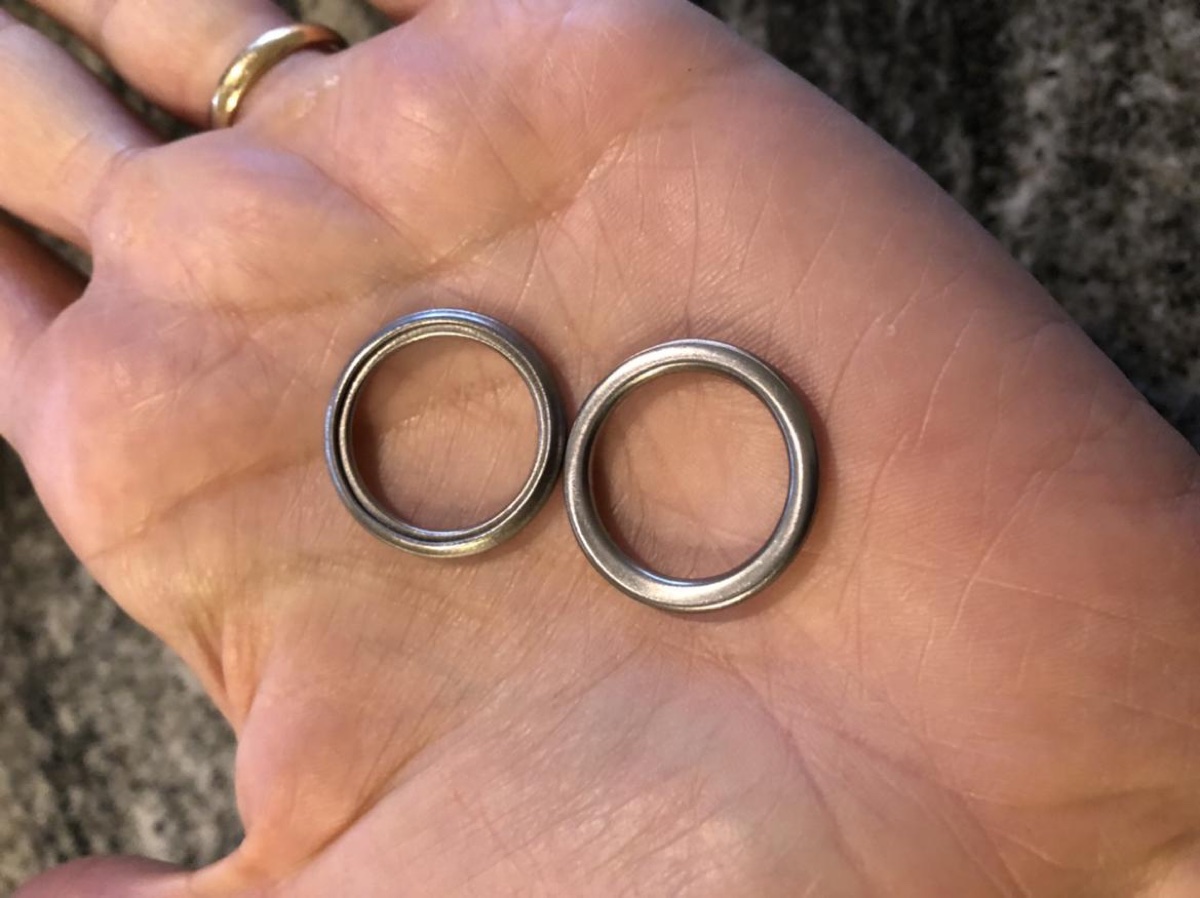
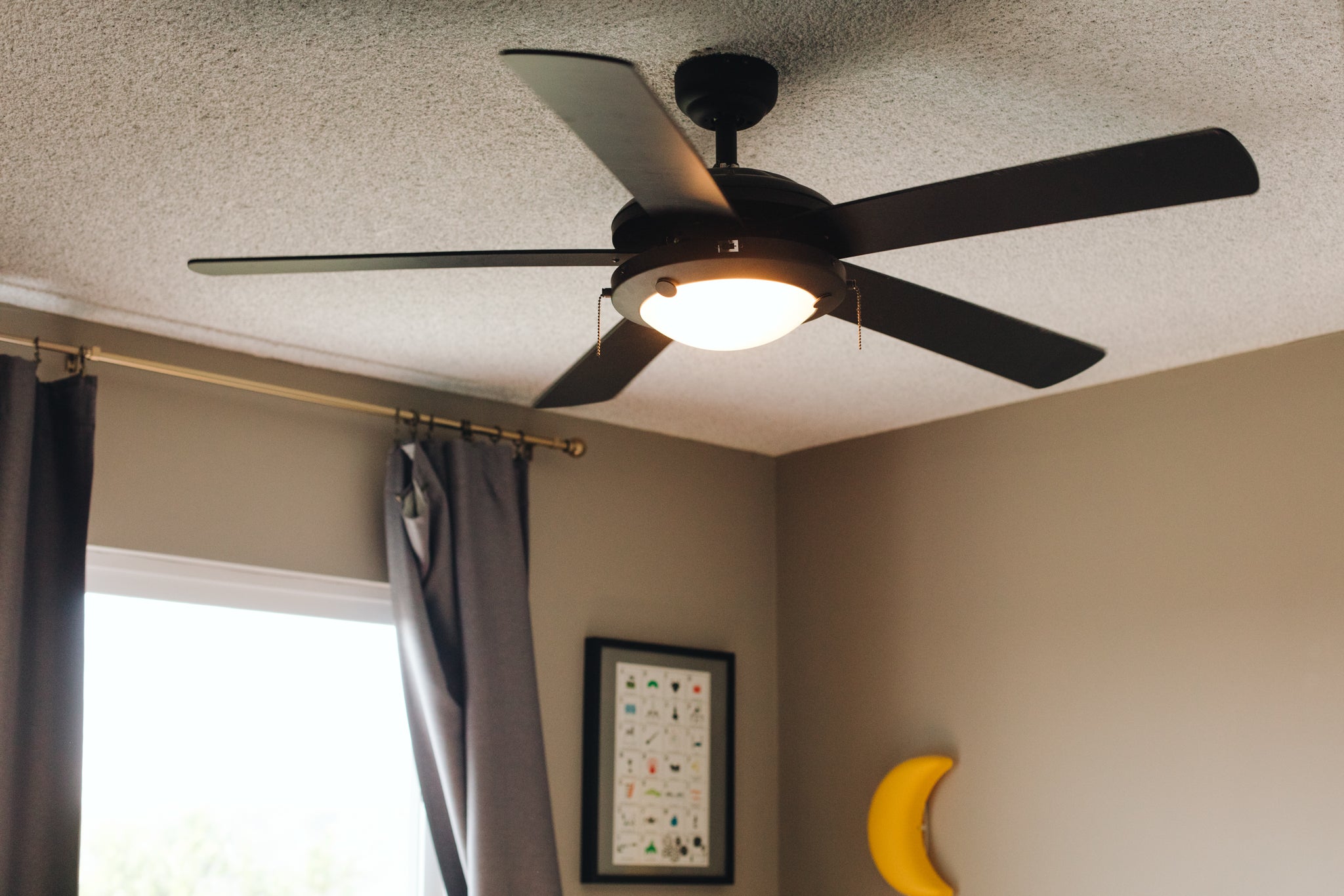
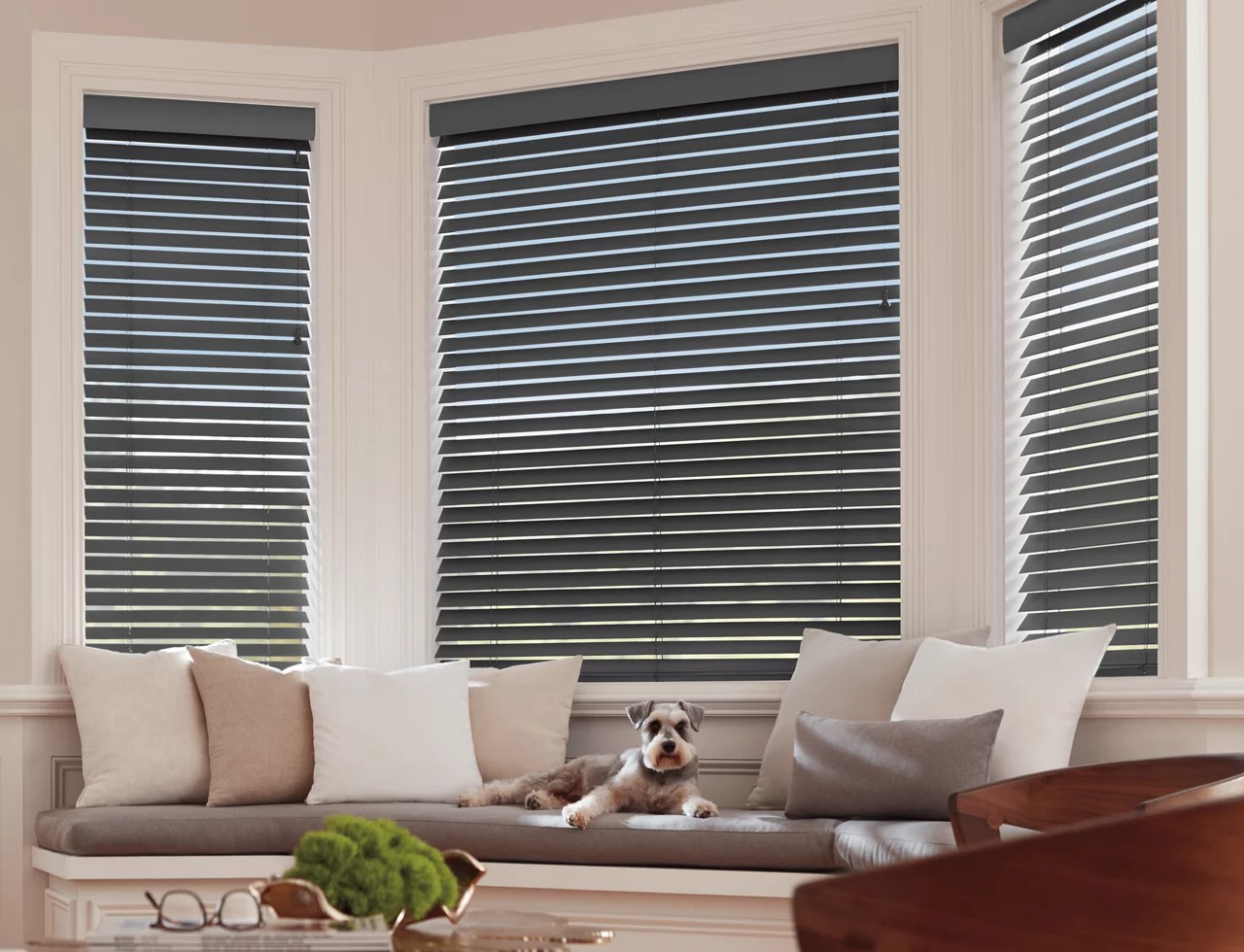
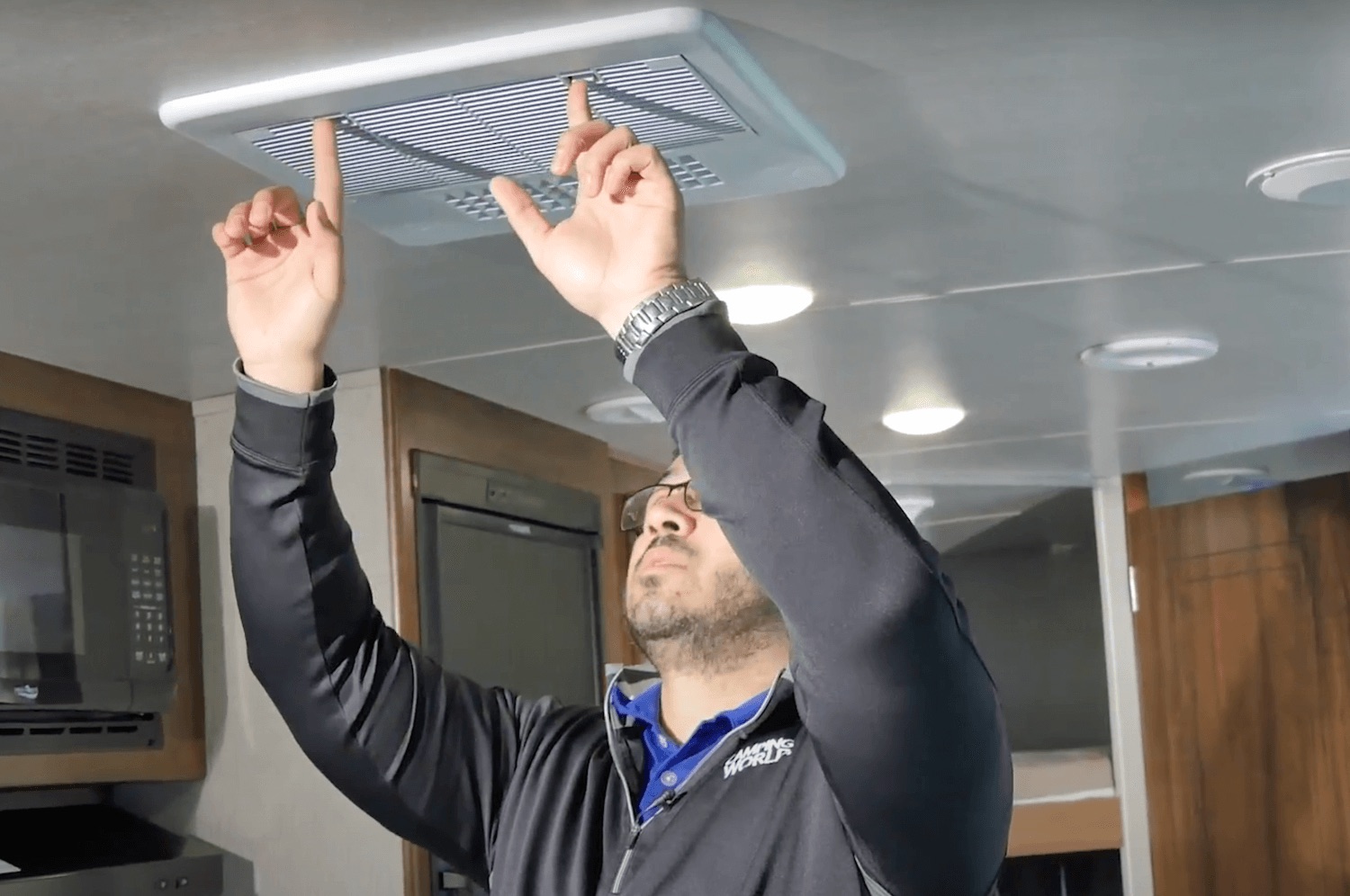
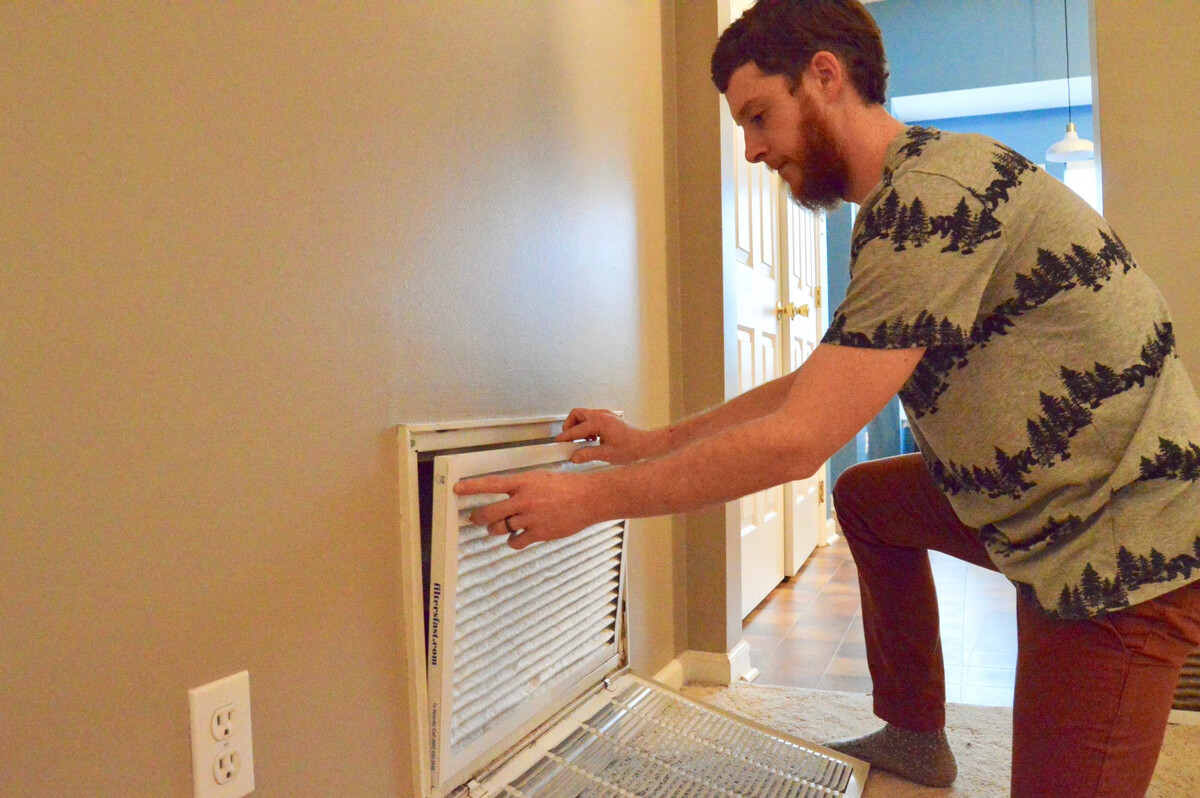
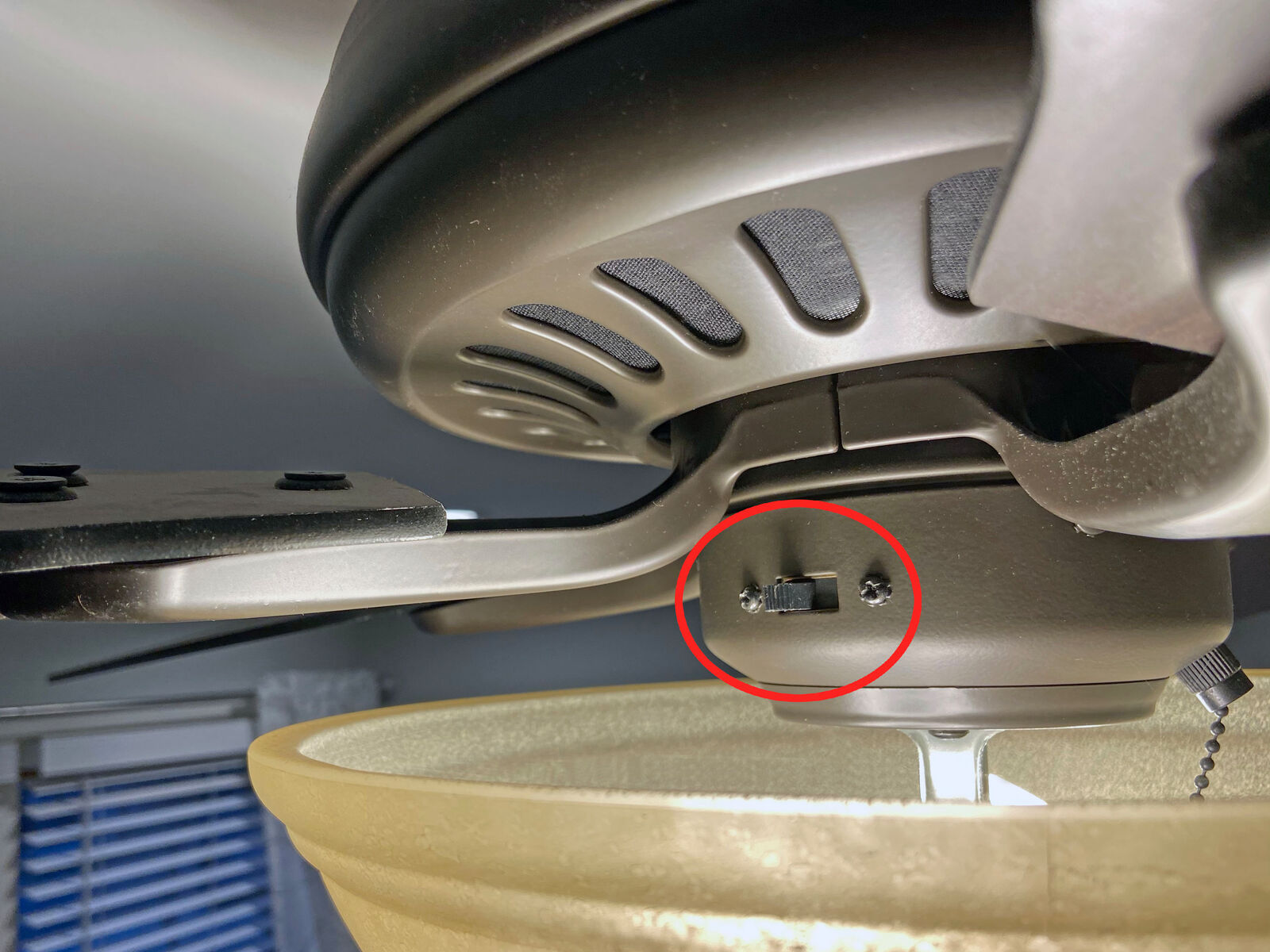
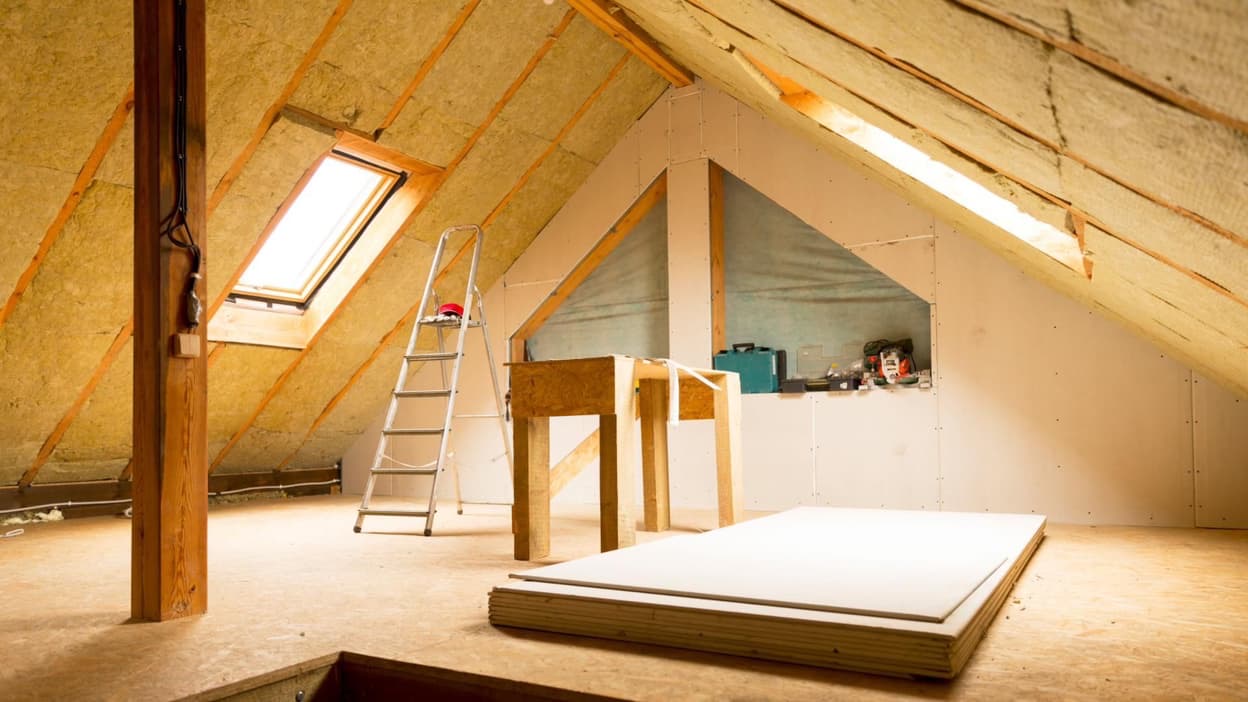


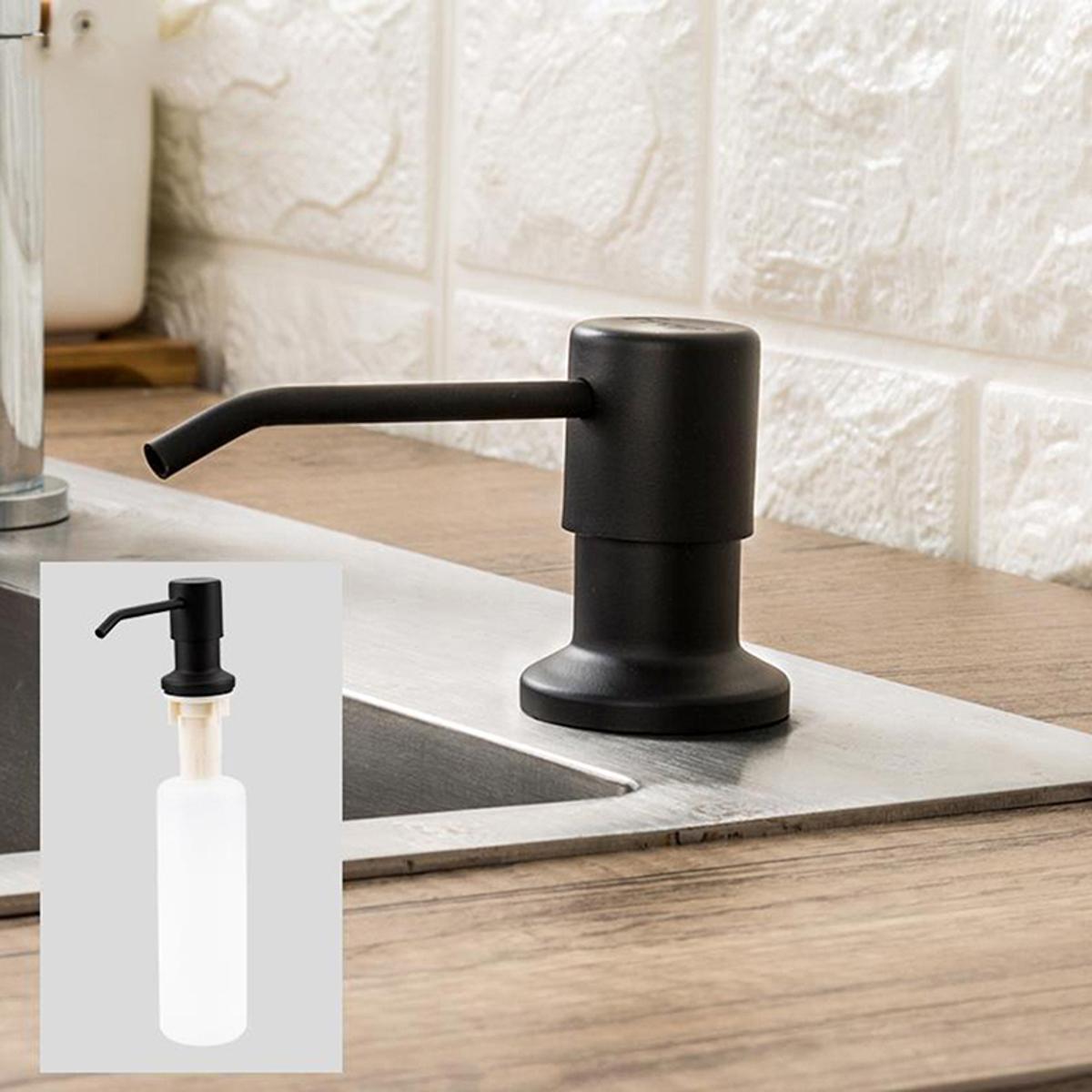

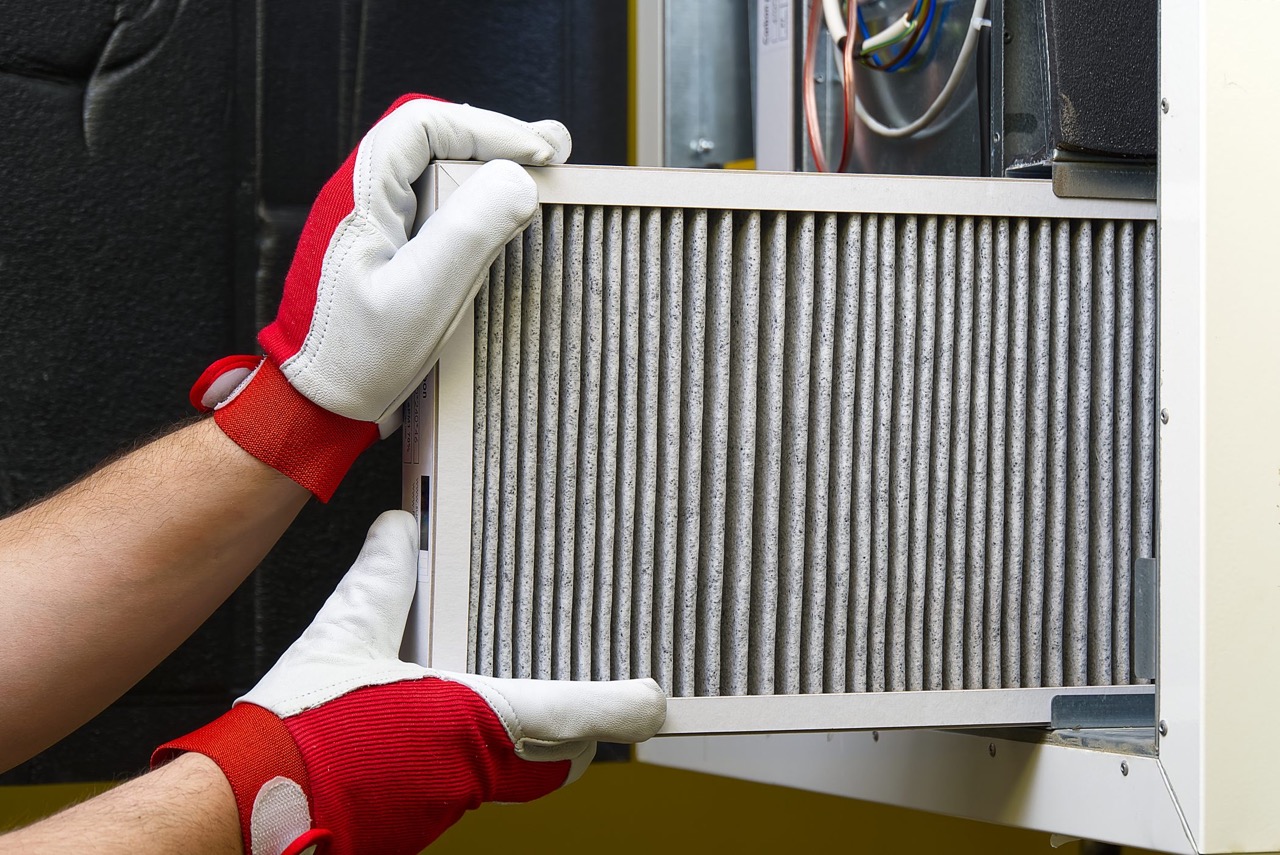
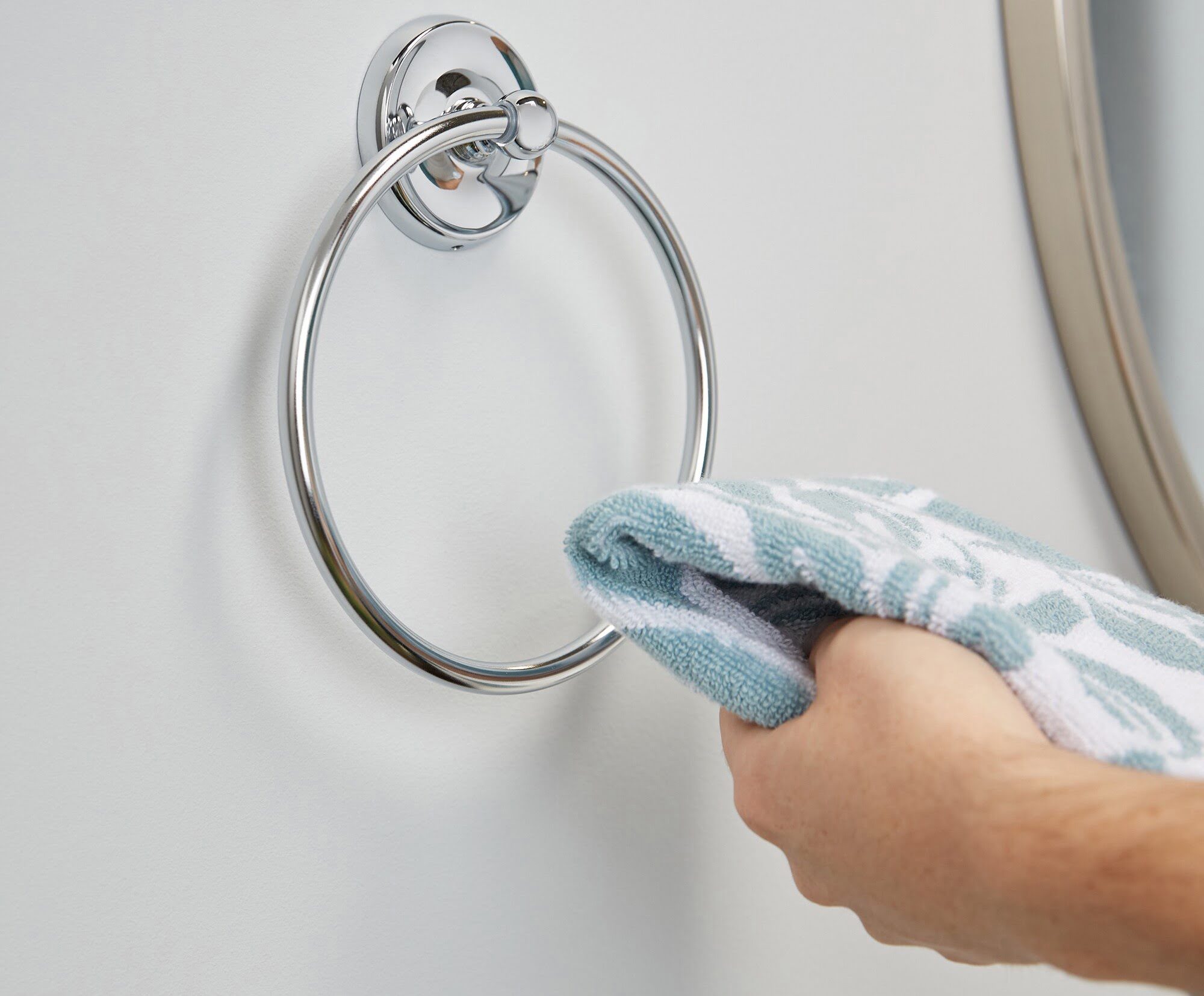

0 thoughts on “Which Way Does AC Filter Go”